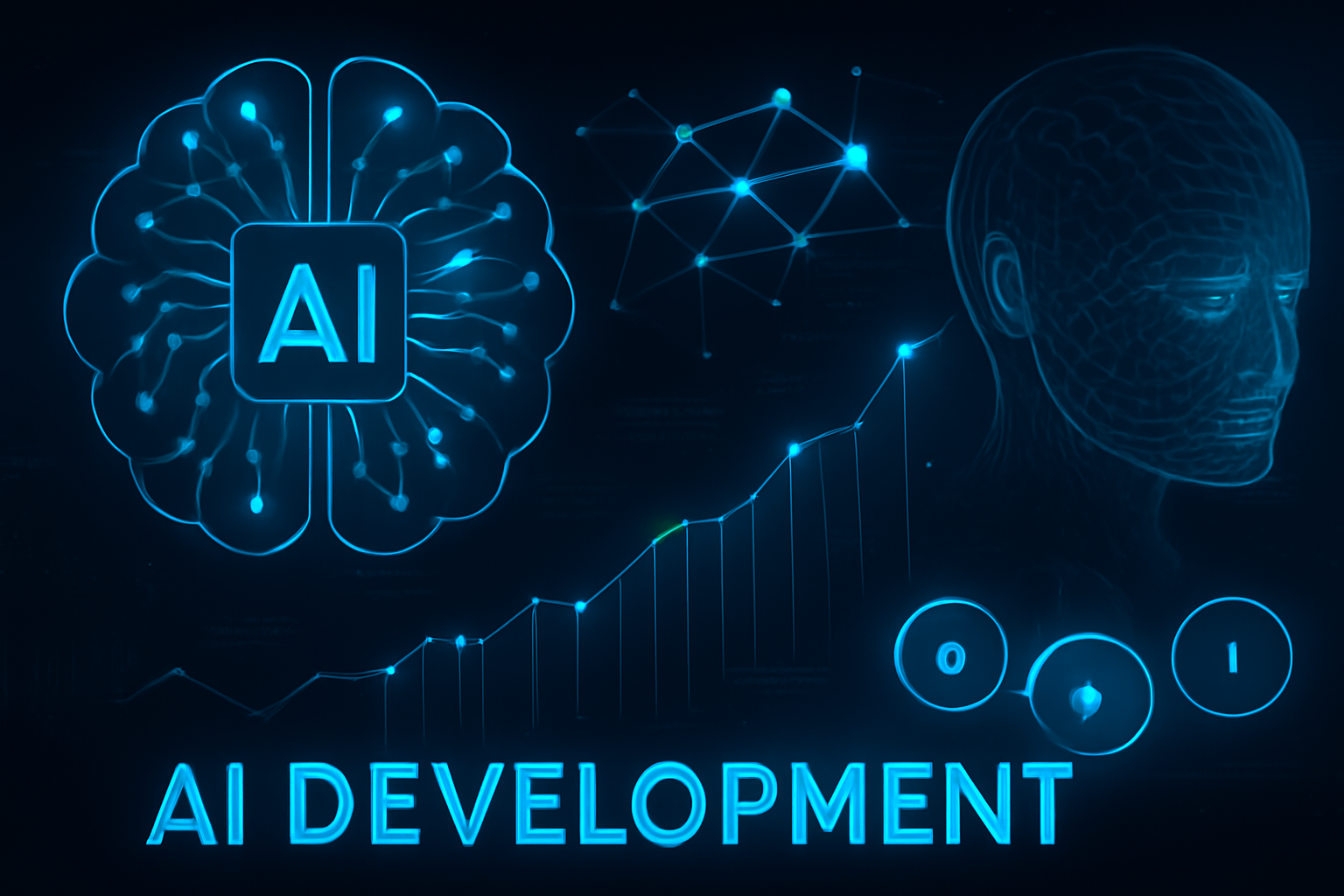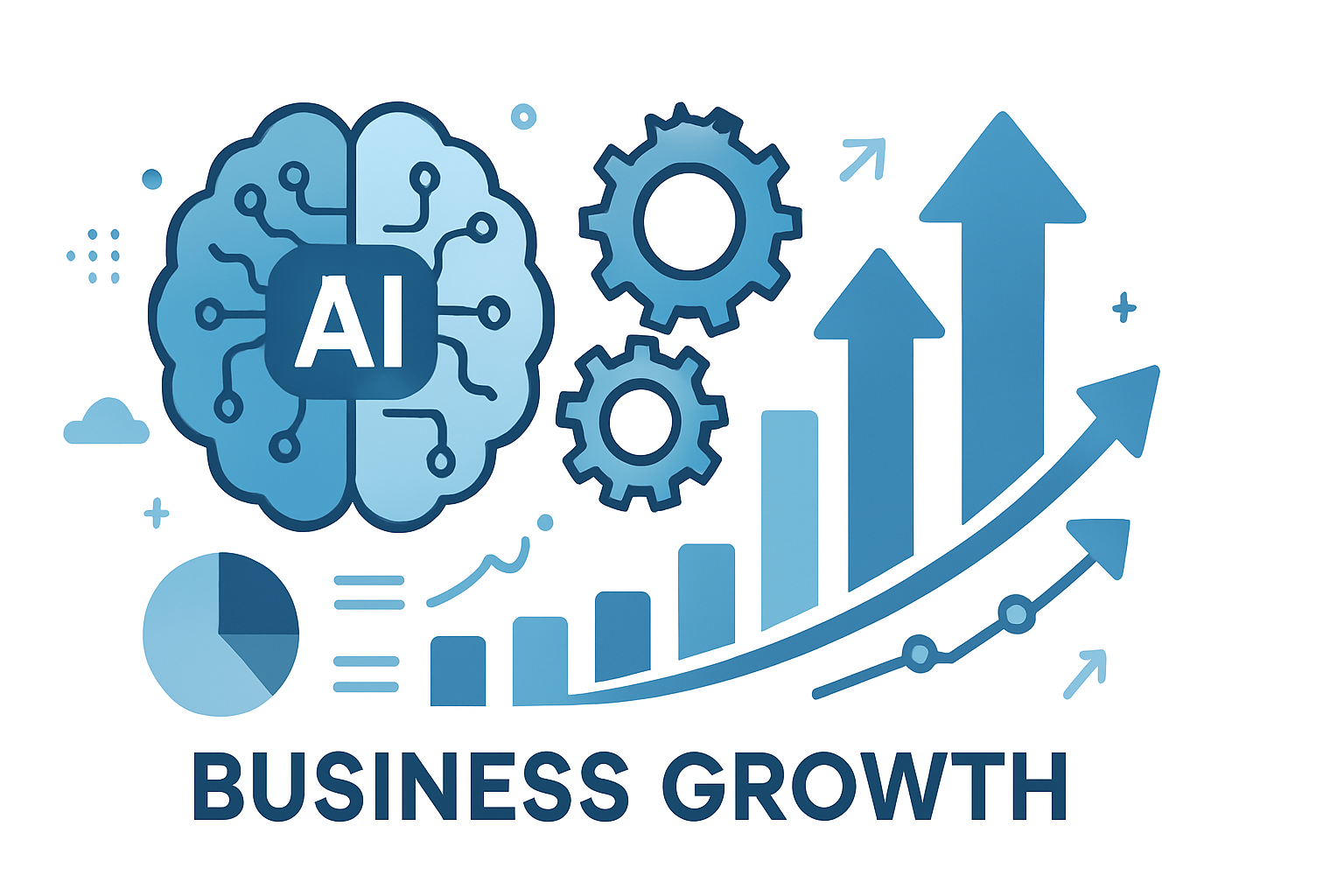Artificial intelligence (AI) is reshaping the world as we know it, powering the devices in our pockets, driving innovation across industries, and captivating the imaginations of technologists, business leaders, and the public alike. But what exactly is AI, how is it developed, and is it connected to the extraordinary promise of quantum computing? In this in-depth exploration, you’ll discover clear answers to these foundational questions and gain insight into the future where these technologies may converge.
What Is Artificial Intelligence?
AI, at its core, refers to systems or machines that can perform tasks typically requiring human intelligence. These tasks include learning, reasoning, problem-solving, perception, understanding language, and decision-making. AI systems are designed to perceive their environment, process inputs (be it images, text, or audio), and take actions that maximize their chances of achieving specific goals.
Key Characteristics of AI:
-
Learning: Acquiring and processing information to improve performance over time.
-
Reasoning: Drawing logical conclusions from available data.
-
Perception: Interpreting sensory input (visual, auditory, etc.).
-
Natural Language Processing: Understanding and generating human language.
-
Autonomous Decision Making: Acting independently to achieve goals.
Practical Examples of AI:
-
Voice assistants like Siri, Alexa, and Google Assistant.
-
Recommendation engines powering Netflix and YouTube.
-
Autonomous vehicles navigating roads.
-
Advanced medical imaging analysis tools.
-
Language models, such as ChatGPT and Gemini, which generate human-like text.
Types of Artificial Intelligence
-
Narrow or Weak AI: Designed for specific tasks (e.g., virtual assistants, spam filters).
-
General AI: Hypothetical future AI that would possess human-like intelligence across a broad set of activities.
-
Reactive Machines & Limited Memory AI: Makes decisions either in the moment (reactive) or based on recent data (limited memory).
-
Self-Aware AI: A theoretical kind of AI with consciousness and self-awareness—currently only seen in science fiction.
How Is AI Developed?
Developing AI is a multidimensional process that sits at the intersection of computer science, statistics, mathematics, hardware engineering, psychology, and more. Modern AI is largely driven by machine learning (ML) and deep learning techniques.
Main Steps in Building AI Systems
-
Defining the Problem:
Identify the task to be automated or the problem to be solved (e.g., recognizing faces, translating languages). -
Data Collection and Preparation:
AI systems require enormous datasets. For image recognition, millions of labeled pictures might be needed. For language tasks, vast amounts of text from books, websites, and articles are used. -
Choosing and Designing Algorithms:
Machine Learning: Algorithms learn patterns from past data to make predictions or decisions.
Deep Learning: Uses neural networks—a computational structure inspired by the human brain—to learn complex patterns, particularly useful for images and language tasks. -
Training the Model:
The algorithm is fed data and iteratively adjusts itself to improve accuracy. For example, a deep learning model may use labeled data to recognize pictures of cats until it does so reliably. This process is computation-heavy and often uses specialized hardware like GPUs. -
Testing and Evaluation:
The trained AI model is then tested against data it has never seen to check its real-world accuracy. Quality metrics and human evaluations are used to assess performance. -
Fine-tuning and Optimization:
Models can be further “fine-tuned” on specific tasks or datasets. Multiple rounds of refinement, often with human feedback, are common (e.g., reinforcement learning from human feedback for language models like GPT). -
Deployment:
AI models are integrated into applications, products, or services for everyday use.
Historical and Modern Approaches to AI
-
Rule-based AI: Early AI used fixed rules and logic to make decisions (good for clearly-defined problems but inflexible).
-
Statistical Models: Using advanced math/statistics, these systems can identify patterns and make predictions.
-
Neural Networks and Deep Learning: The recent revolution in AI is due to deep learning, which uses multi-layered neural networks trained on huge datasets. Breakthroughs in computer power (GPUs/TPUs) and availability of vast data have enabled current advances in generative AI and large language models (LLMs).
Continuous Learning and Evolution
AI models can continue to improve after deployment, learning from new data to become more useful and accurate over time. However, they also face challenges like bias, errors, and the need for careful evaluation to ensure fairness and safety.
Is AI Related to Quantum Computing?
This is a common and important question. Both AI and quantum computing are at the frontier of technology, but they are fundamentally different fields with only emerging overlaps.
What Is Quantum Computing?
Quantum computing uses the principles of quantum mechanics—particularly superposition and entanglement—to perform calculations at speeds and scales beyond classical (traditional) computers. Quantum computers use qubits (quantum bits) instead of regular bits, which allows them to solve certain kinds of problems exponentially faster.
Key Features of Quantum Computing:
-
Can represent multiple states simultaneously.
-
Ideal for complex problems such as factoring large numbers, simulating molecules, or optimizing logistics.
The Connection: Quantum AI
Currently, most AI systems run on classical computers, using traditional processors and graphics units (CPUs/GPUs). However, researchers see potential in combining quantum computing and AI:
-
Quantum computing might allow much faster training of machine learning and deep learning models by rapidly exploring complex possibilities and patterns in data sets.
-
Quantum machine learning is an emerging field focused on developing algorithms that run on quantum computers and can advance AI capabilities (e.g., faster optimization, new types of neural networks).
However, practical quantum computers are still in the early stages. They are not yet widely available and currently perform only limited tasks. The hope is that as quantum computers become more robust, they will help solve challenges that are difficult for classical computers—potentially revolutionizing AI in areas such as drug discovery, financial modeling, supply chain optimization, and more.
Where Do They Differ?
-
Maturity: AI is already widely used in industry and consumer products. Quantum computing is mainly in the research/development phase.
-
Dependence: Current AI does not require quantum computing.
-
Synergy Potential: In the future, combining AI with quantum computers (Quantum AI) could open new doors, but such breakthroughs are still on the horizon.
Conclusion: AI Is Revolutionary, Quantum Computing Will Multiply Its Power
AI is the science and engineering of machines that mimic human thinking, learning, and perception. It is built using powerful algorithms, trained on vast datasets, and has seen dramatic advances thanks to deep learning and computational power. While AI does not rely on quantum computing today, the future convergence of these two fields, known as Quantum AI, holds tremendous promise for tackling some of the world’s most complex challenges at unprecedented speeds and scales.
By understanding both the foundations and the transformative journey of artificial intelligence—as well as its future relationship with quantum innovation—business leaders, students, and curious minds can better prepare for the next wave of technological progress.




